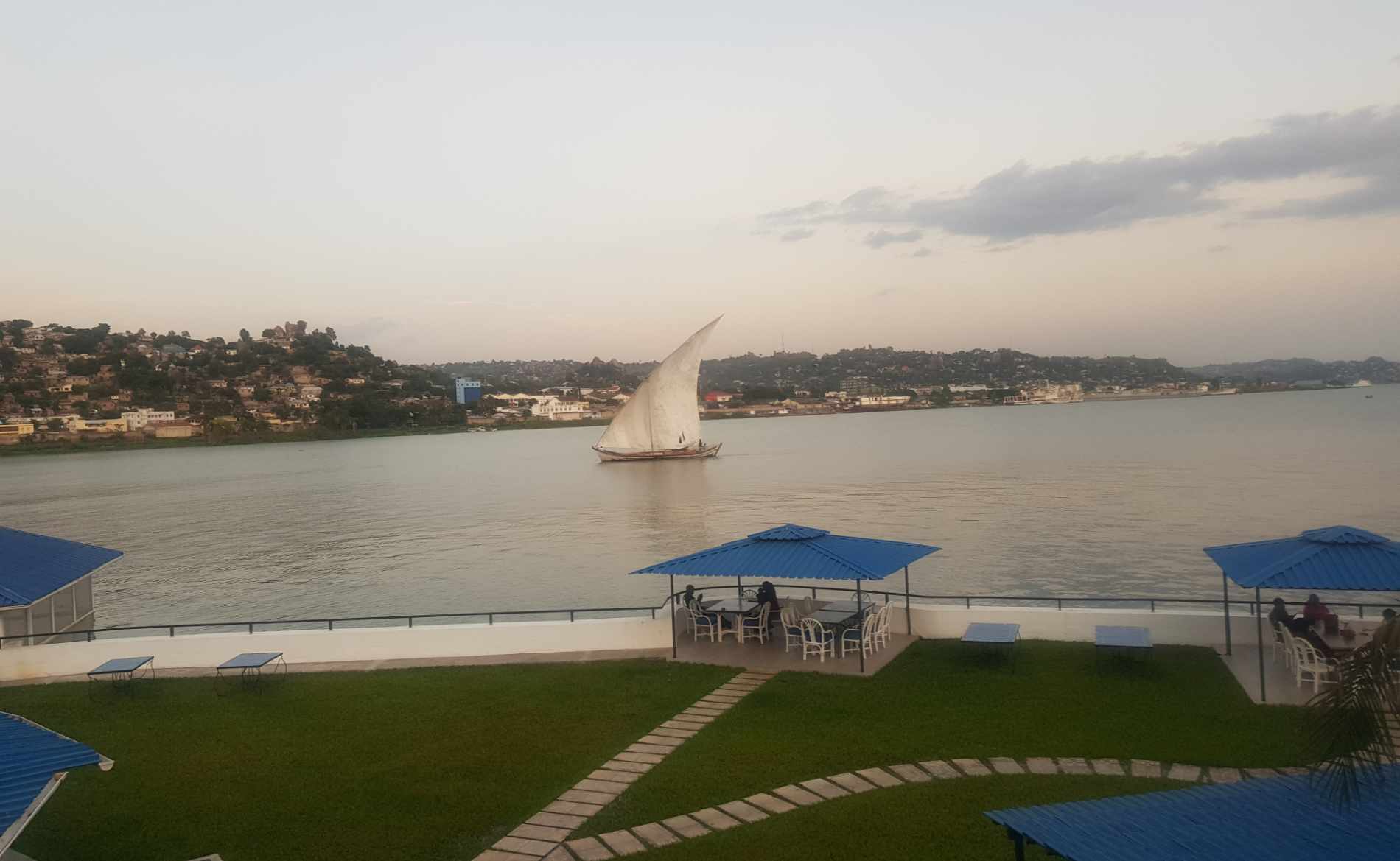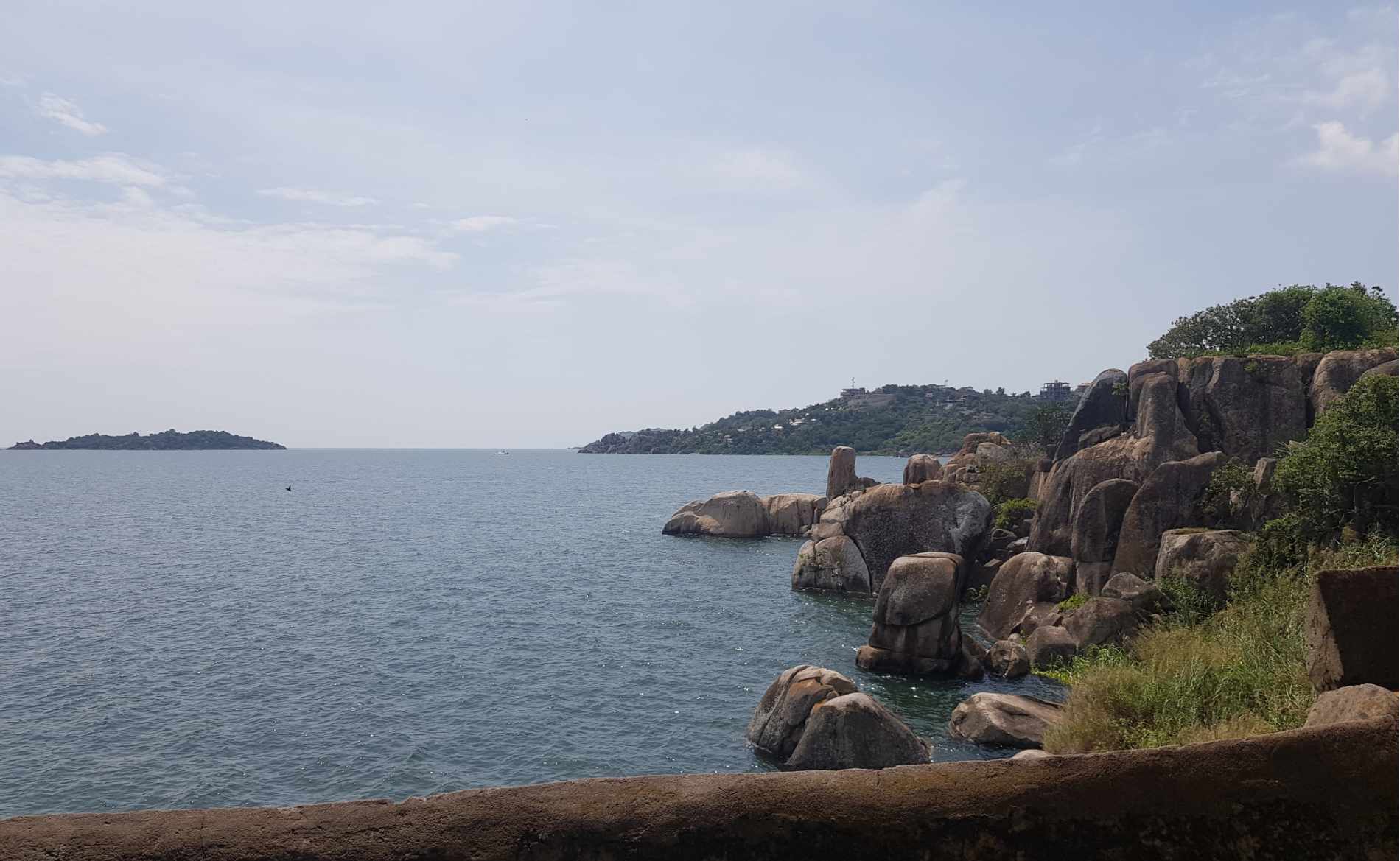Lake Victoria: largest lake in Africa and main water supply for the Nile
Facts Lake Victoria:
- Largest lake in Africa and third largest lake in the world
- Borders Kenya, Tanzania and Uganda
- Main tributary of the Nile
- Named after the British Queen Victoria in 1858
- Size: 68,870 km2 = almost as large as Bavaria with an average depth of 40 m and a volume of over 2,500 km3
Highlights:
- Visit to the port city of Mwanza and boat trip on the lake with the opportunity to fish or swim in the lake
Getting here from Arusha:
- As the crow flies, it is about 350 km to the lake, the city of Mwanza is located directly on the shore and the Saanane and Rubondo Island national parks lie in Lake Victoria
This gigantic lake has a catchment area of up to 230,000 km2, which is almost the size of Uganda, one of the countries bordering it. It was named after the British Queen Victoria in 1858, when the lake was discovered for the western world. Today, over 30 million people in the neighboring countries of Kenya, Tanzania and Uganda depend on the lake as a natural resource. Lake Victoria receives almost 85% of its volume from rainfall, with the remaining 15% coming from various rivers and small streams. The lake has only one outflow into the Nile, which is why it supplies the river with most of its water. However, as the rivers that feed Lake Victoria originate elsewhere, it is not considered the main source of the Nile. The lake is home to over 500 species of fish, the majority of which are cichlids. Researchers have found that this phenomenon is due to radiation among the Cichlidae over the last 15,000 years, when the lake last dried up. Unfortunately, many of these species have become extinct in the last 50 years, mainly due to the colonization and rapid spread of the Nile perch, the spread of the water hyacinth and pollution due to dense colonization of the shore areas. Hippos, Nile crocodiles and various otters, turtles and antelopes can also be found in and around the lake.






